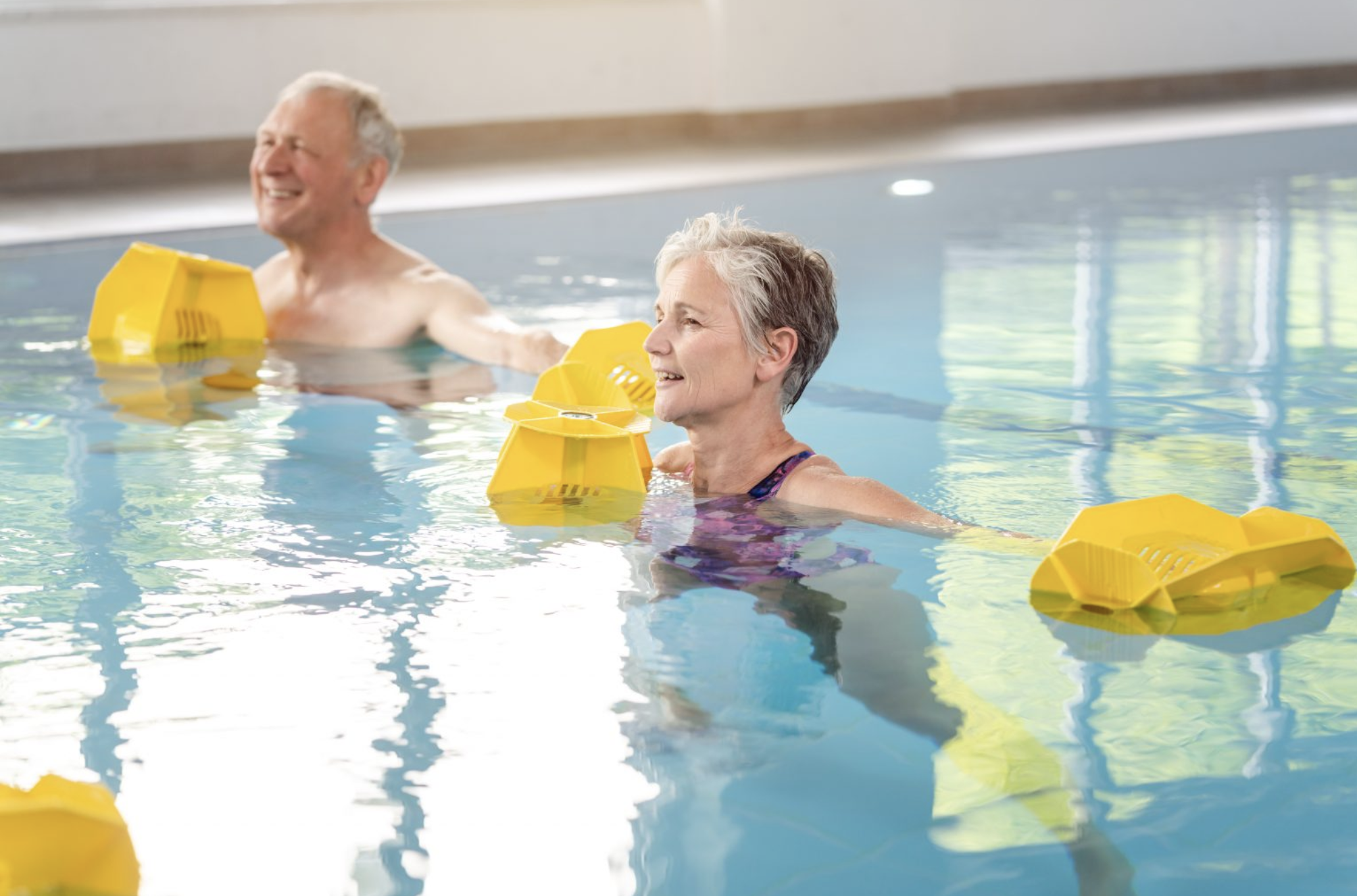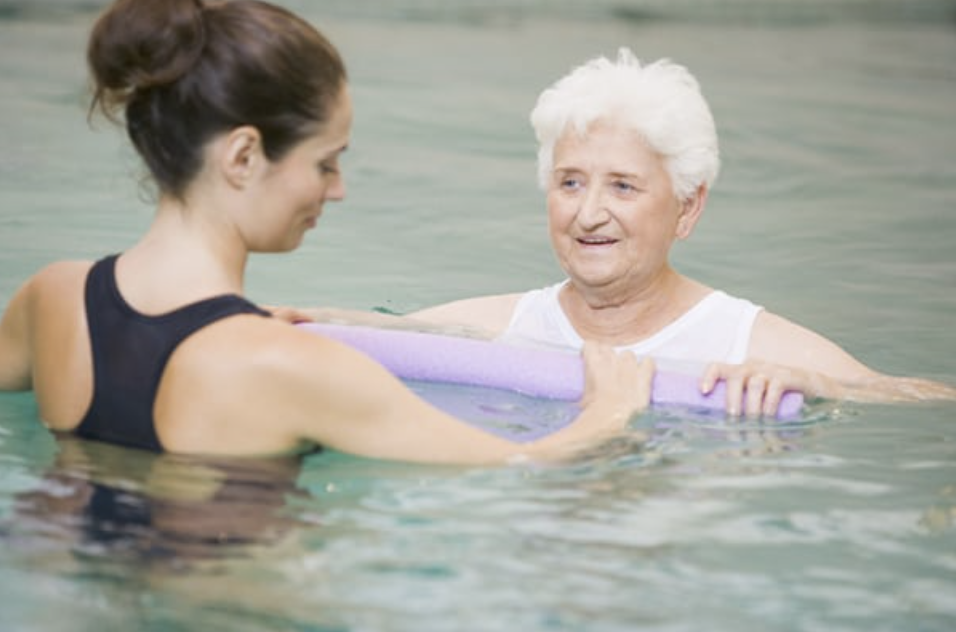
Aquatic pool therapy, also known as hydrotherapy or water therapy, has been a cornerstone of rehabilitation and wellness for centuries. This therapeutic technique utilizes the natural properties of water—buoyancy, resistance, and temperature control—to help individuals recover from injuries, manage chronic conditions, and improve overall physical well-being. In a place like St. Petersburg, FL, where the weather is warm and inviting year-round, aquatic pool therapy is an attractive option for many residents seeking to enhance their health and fitness. While the idea of engaging in aquatic therapy on your own might seem appealing, the complexities and potential risks associated with this form of treatment make it crucial to seek professional guidance.
The Benefits of Aquatic Pool Therapy
Low-Impact Exercise with High Rewards
One of the primary benefits of aquatic pool therapy is the low-impact nature of the exercise. Water’s buoyancy supports a significant portion of your body weight, reducing the strain on your joints, muscles, and bones. This makes it an ideal therapy for individuals with arthritis, chronic pain, or those recovering from surgery. Unlike land-based exercises, which can be harsh on the body, especially for seniors or those with mobility issues, aquatic therapy provides a gentle yet effective workout that can lead to significant improvements in strength, flexibility, and endurance.
Enhanced Muscle Strength and Tone
Water provides natural resistance, which can be utilized to strengthen muscles without the need for heavy weights or complex gym equipment. This resistance is consistent throughout the range of motion, ensuring that all muscle groups are engaged and worked evenly. Over time, regular participation in aquatic therapy can lead to enhanced muscle tone, improved posture, and better overall body mechanics. For individuals looking to regain strength after an injury or surgery, aquatic therapy offers a safe and effective way to rebuild muscle without overexertion.
Improved Balance and Coordination
The instability of water can actually help improve balance and coordination. As you move through the water, your body is constantly adjusting to the changing environment, which helps to train the muscles responsible for maintaining balance. This is particularly beneficial for seniors or individuals with neurological conditions, such as Parkinson’s disease, who may struggle with balance and coordination on land. The controlled environment of a pool allows for safe practice and gradual improvement in these essential skills.
Pain Relief and Relaxation
Water therapy is also known for its pain-relieving properties. The warmth of the water can help to relax tight muscles, reduce spasms, and alleviate joint pain. Additionally, the pressure of the water can help to reduce swelling and improve circulation, which is beneficial for individuals with conditions such as lymphedema or chronic venous insufficiency. The overall experience of being in the water can also be incredibly relaxing, promoting mental well-being and reducing stress levels.
Cardiovascular Health
Engaging in aquatic therapy can also provide cardiovascular benefits. The resistance of the water makes your heart and lungs work harder, which can help to improve cardiovascular endurance and overall heart health. This is especially important for individuals with conditions such as heart disease or those who are recovering from cardiac surgery. The gentle nature of aquatic therapy ensures that these exercises are safe, even for those with significant health concerns.
Why You Should Hire a Professional for Aquatic Pool Therapy
Given the numerous benefits of aquatic pool therapy, you might be tempted to try it on your own. However, there are several compelling reasons why you should consider hiring a professional instead.
Personalized Therapy Plans
A professional aquatic therapist will assess your individual needs, taking into account your medical history, current physical condition, and personal goals. They will then develop a customized therapy plan tailored specifically to you. This level of personalization is crucial because it ensures that you are engaging in exercises that are safe, effective, and appropriate for your condition. A DIY approach lacks this level of specificity and could lead to exercises that are either too challenging or not challenging enough, neither of which will provide the desired therapeutic benefits.
Proper Technique and Safety
Aquatic therapy might seem straightforward, but it requires proper technique to be effective and safe. A professional therapist will guide you through each exercise, ensuring that you are performing the movements correctly and without strain. This is especially important for individuals recovering from surgery or dealing with chronic conditions, where improper technique could exacerbate the issue or cause further injury. In contrast, attempting to perform these exercises on your own without proper guidance could lead to ineffective therapy or, worse, physical harm.
Progress Monitoring and Adjustments
One of the key benefits of working with a professional is the ability to monitor your progress and make adjustments to your therapy plan as needed. Your body’s response to therapy will change over time, and a skilled therapist will recognize when it’s time to modify the exercises to continue challenging your muscles and improving your condition. This dynamic approach ensures that you continue to make progress and achieve your therapeutic goals. On your own, it can be difficult to assess your progress accurately, and you may not know when or how to adjust your exercises for continued improvement.
Access to Specialized Equipment
Professional aquatic therapy sessions often include the use of specialized equipment designed to enhance the therapeutic effects of the exercises. This might include flotation devices, resistance bands, underwater treadmills, or other tools that are not readily available in a typical home pool setting. These tools can make a significant difference in the effectiveness of the therapy, providing additional resistance, support, or stability as needed. Without access to this equipment, a DIY approach may not yield the same results.
Motivation and Support
Let’s face it—sticking to a therapy routine can be challenging, especially when you’re doing it on your own. A professional therapist provides not only the expertise but also the motivation and support needed to keep you on track. They can offer encouragement, celebrate your progress, and help you overcome any setbacks. This level of emotional and psychological support is invaluable in ensuring that you stay committed to your therapy and achieve the best possible outcomes. Without this support, it’s easy to become discouraged or give up altogether.
Reduced Risk of Injury
Aquatic therapy, while generally safe, still carries some risks, especially for those with underlying health conditions. Slips, falls, or overexertion in the water can lead to injuries that may set back your progress or require additional medical attention. A professional therapist is trained to recognize potential hazards and take steps to prevent them, ensuring that your therapy sessions are as safe as possible. Attempting to conduct aquatic therapy on your own increases the likelihood of accidents or injuries that could have been avoided with professional oversight.
The Drawbacks of DIY Aquatic Pool Therapy
While the idea of conducting aquatic therapy on your own might seem appealing—especially if you have access to a private pool—there are several significant drawbacks to this approach.
Lack of Expertise
One of the most glaring issues with a DIY approach is the lack of professional expertise. Aquatic therapy is not just about performing exercises in water; it requires a deep understanding of human anatomy, biomechanics, and the specific conditions being treated. Without this knowledge, you risk engaging in exercises that are not suitable for your condition or that could potentially worsen your symptoms. Professional therapists undergo extensive training to ensure they can provide safe and effective treatment—expertise that is not easily replicated on your own.
No Professional Supervision
Another major drawback of DIY aquatic therapy is the absence of professional supervision. As mentioned earlier, proper technique is crucial in ensuring the effectiveness of the therapy and preventing injury. Without a trained professional to guide and monitor your movements, you may inadvertently perform exercises incorrectly, leading to suboptimal results or even harm. Additionally, a professional can immediately address any issues that arise during a session, such as discomfort or difficulty with a particular exercise, and make real-time adjustments to your plan.
Limited Access to Resources
Even if you have a pool at home, you likely do not have access to the same resources and equipment that a professional therapy center provides. As previously mentioned, specialized equipment plays a crucial role in enhancing the therapeutic effects of aquatic exercises. Without access to these tools, your therapy may be less effective, and you may not achieve the same level of progress as you would with professional guidance.
Potential for Overexertion
One of the risks of attempting aquatic therapy on your own is the potential for overexertion. Without a professional to guide you, it can be challenging to know your limits or recognize when you are pushing yourself too hard. Overexertion can lead to fatigue, muscle strain, or even more serious injuries, all of which could set back your progress and require additional medical attention. A professional therapist will ensure that your exercises are appropriately challenging without crossing the line into overexertion.
Missed Opportunities for Progress
Finally, a DIY approach may result in missed opportunities for progress. Without the expertise of a professional, you may not fully understand how to maximize the benefits of aquatic therapy or how to progress your exercises over time. This can lead to stagnation in your therapy, where you are not seeing the improvements you hoped for. A professional therapist will continuously evaluate your progress and adjust your plan to ensure that you are consistently moving toward your goals.
Aquatic pool therapy offers a wealth of benefits, from improved strength and flexibility to enhanced cardiovascular health and pain relief. However, to truly reap these benefits, it is essential to seek the guidance of a professional. Hiring a professional aquatic therapist ensures that your therapy is tailored to your specific needs, performed with proper technique, and adjusted as needed to ensure continued progress. In contrast, attempting to conduct aquatic therapy on your own carries significant risks, including the potential for injury, lack of progress, and missed opportunities for improvement.
If you are in the St. Petersburg, FL area and considering aquatic pool therapy, look no further than In Home Senior Fitness. With a team of experienced professionals, they provide personalized aquatic therapy services designed to meet your unique needs and help you achieve your health and wellness goals. Don’t leave your therapy to chance—trust the experts at In Home Senior Fitness to guide you on your journey to better health.

